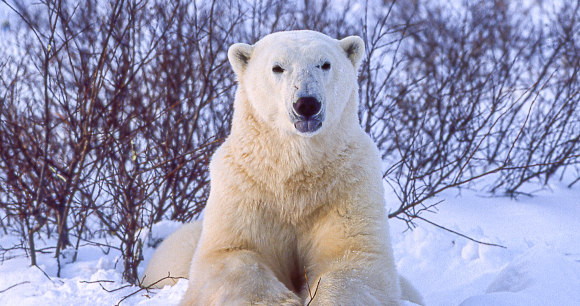
Washington, DC—Today marks the 50th anniversary of the Endangered Species Act, landmark legislation that, in the face of relentless political attacks, continues to serve as a global model for the preservation of imperiled wildlife.
Hailed as the world’s strongest conservation law and credited with saving 99% of listed species from extinction, the ESA was enacted to provide a framework to protect and recover species at risk of extinction—both at home and abroad—by promoting the conservation of ecosystems upon which those species depend.
At the time, Congress recognized the ongoing extinction of certain animals and plants due to economic growth and development, and concluded that these species were “of esthetic, ecological, educational, historical, recreational, and scientific value to the Nation and its people.” Bipartisan support for the bill was overwhelming—unanimous passage in the Senate and 96% approval in the House of Representatives. President Nixon, who had called on Congress to increase endangered species protections, signed it into law on December 28, 1973.
The ESA currently protects approximately 1,700 domestic and 700 foreign species. Protected US species include the Florida manatee, rusty-patched bumble bee, northern long-eared bat, polar bear, and American crocodile. The Endangered Species List once included the bald eagle. Decades of dedicated effort, however, led to a spectacular recovery for our national symbol, which was delisted in 2007. Foreign species on the list include African and Asian elephants, cheetahs, and orangutans.
Regrettably, the ESA has become hyper-politicized in recent years, despite consistent survey findings indicating that more than four in five Americans support the law. In the current Congress, there have been numerous attempts to undermine the ESA and remove protections of specific listed species. Meanwhile, amid funding shortages and administrative backlogs, hundreds of additional species are waiting to receive much-needed protections.
In the 1960s, the Animal Welfare Institute (AWI) was one of the few organizations lobbying for comprehensive protections for critically imperiled species. More recently, AWI and allies successfully litigated to save red wolves from extinction in the wild, opposed a petition to remove ESA protections for southern sea otters, and worked to safeguard the ESA against congressional attacks and damaging administrative overhauls, among many other efforts.
“As we celebrate and honor the 50th anniversary of the ESA, it is important to recognize not only the progress we have achieved in protecting species under this landmark legislation, but also to soberly reflect on the toll humankind continues to take on the planet’s biodiversity,” said Johanna Hamburger, director and senior attorney for AWI’s terrestrial wildlife program.
Through habitat destruction, overcollection, and other activities, humans are engineering a sudden mass extinction unlike anything in our own species’ history. Many species have already been lost, with many more in imminent danger—1 million species globally are at risk of extinction in the next few decades, including 27% of the world’s mammals, 41% of amphibians, 37% of sharks and rays, and 21% of reptiles.
“Each species plays a unique and essential role in its ecosystem—the extinction of any is an incalculable and irreplaceable loss,” stated Hamburger. “We have an obligation to protect animals from extinction, for their own sake and for ours, and the ESA provides the strongest tool we have to do so.”
Marjorie Fishman, Animal Welfare Institute
[email protected], (202) 446-2128
The Animal Welfare Institute (awionline.org) is a nonprofit charitable organization founded in 1951 and dedicated to reducing animal suffering caused by people. AWI engages policymakers, scientists, industry, and the public to achieve better treatment of animals everywhere—in the laboratory, on the farm, in commerce, at home, and in the wild. Follow us on Facebook, X (formerly Twitter), and Instagram for updates and other important animal protection news.